“If you are asked to think what is the photo of the year, you have to try to have something about the events of that year, and that sends you to a news or documentary photography,” says Magdalena Herrera, director of photography for Geo France and chair of the jury for the 2018 World Press Photo Contest.
“But we were looking for a point of view, the photographer’s point of view. We weren’t looking for an opinion, but for images in which someone had been able to take the photographic tool to envisage their part. Even if you are a documentary photographer, you choose the moment when you take the shot. YOU are the one reporting.
“When I asked the jury what we wanted, everybody spoke of this, and of how the photographer presents the perspective from which they are showing things.”
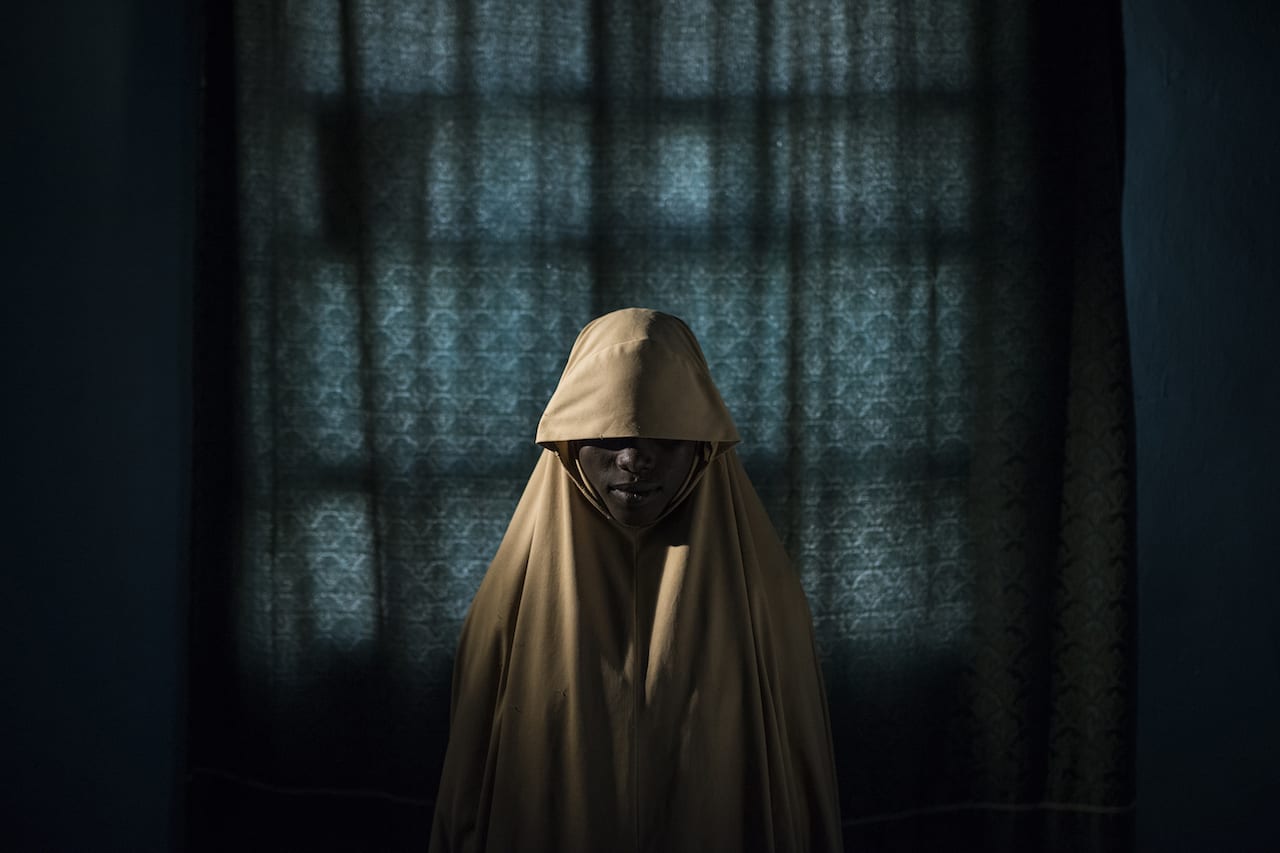
And, as Herrera points out, this quality is evident in the images shortlisted for the World Press Photo of the Year – Rohingya Crisis, shot by Patrick Brown (Australia) from Panos Pictures for Unicef; Boko Haram Strapped Suicide Bombs to Them. Somehow These Teenage Girls Survived – Aisha, age 14, shot by Adam Ferguson (Australia) for The New York Times; Witnessing the Immediate Aftermath of an Attack in the Heart of London, shot by Toby Melville (UK) from Reuters; Venezuela Crisis, shot by Ronaldo Schemidt (Venezuela) for Agence France-Presse; and The Battle for Mosul – Lined Up for an Aid Distribution and The Battle for Mosul – Young Boy Is Cared for by Iraqi Special Forces Soldiers, both shot by Ivor Prickett (Ireland) for The New York Times.
Adam Ferguson’s shot of a teenager who survived Boko Haram’s attempt to turn her into a suicide bomber is very different to the typical hard news photograph, for example. Stripping away the action in favour of a posed portrait, it was “for all of us a very powerful shot”, says Herrara.
“Out of all of them, it takes a very different approach to the story, with a very strong perspective,” she adds. “It looks like a staged portrait, and is taken in the place with a very trustful approach.
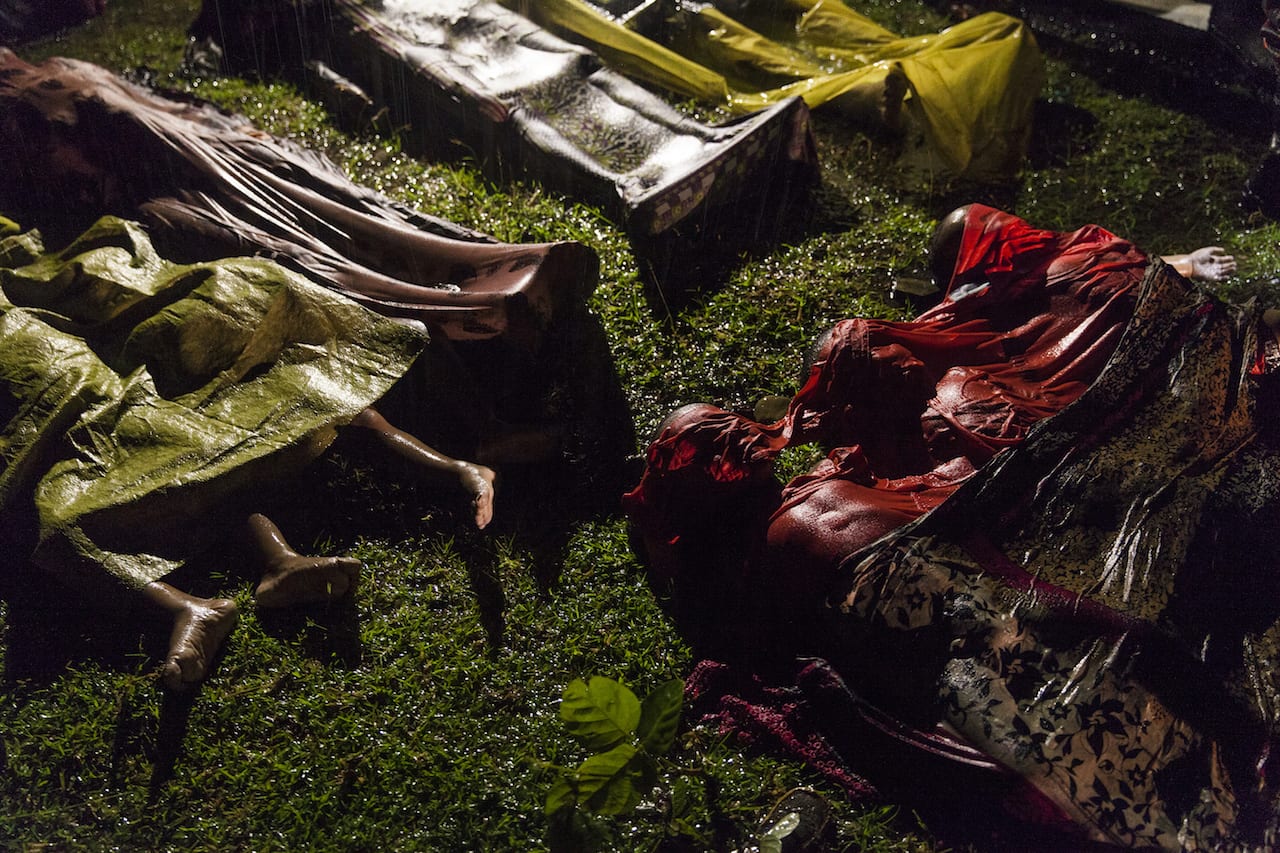
“It really interested us – as did Patrick Brown’s shot of the Rohingya crisis,” she adds. “His image is actually a very graphic shot showing dead children, but the way it is photographed is not gory at all. It’s reticent. But you see more as you look at it more and more. There are lots of details that tell you about the drama.”
This feeling for detail also attracted the jury to Toby Melville’s image from the London terrorist attack, which shows an injured woman looking straight at the camera. “The photographer got a shot of the woman’s look of dread, and we were captured by that look,” says Herrera.
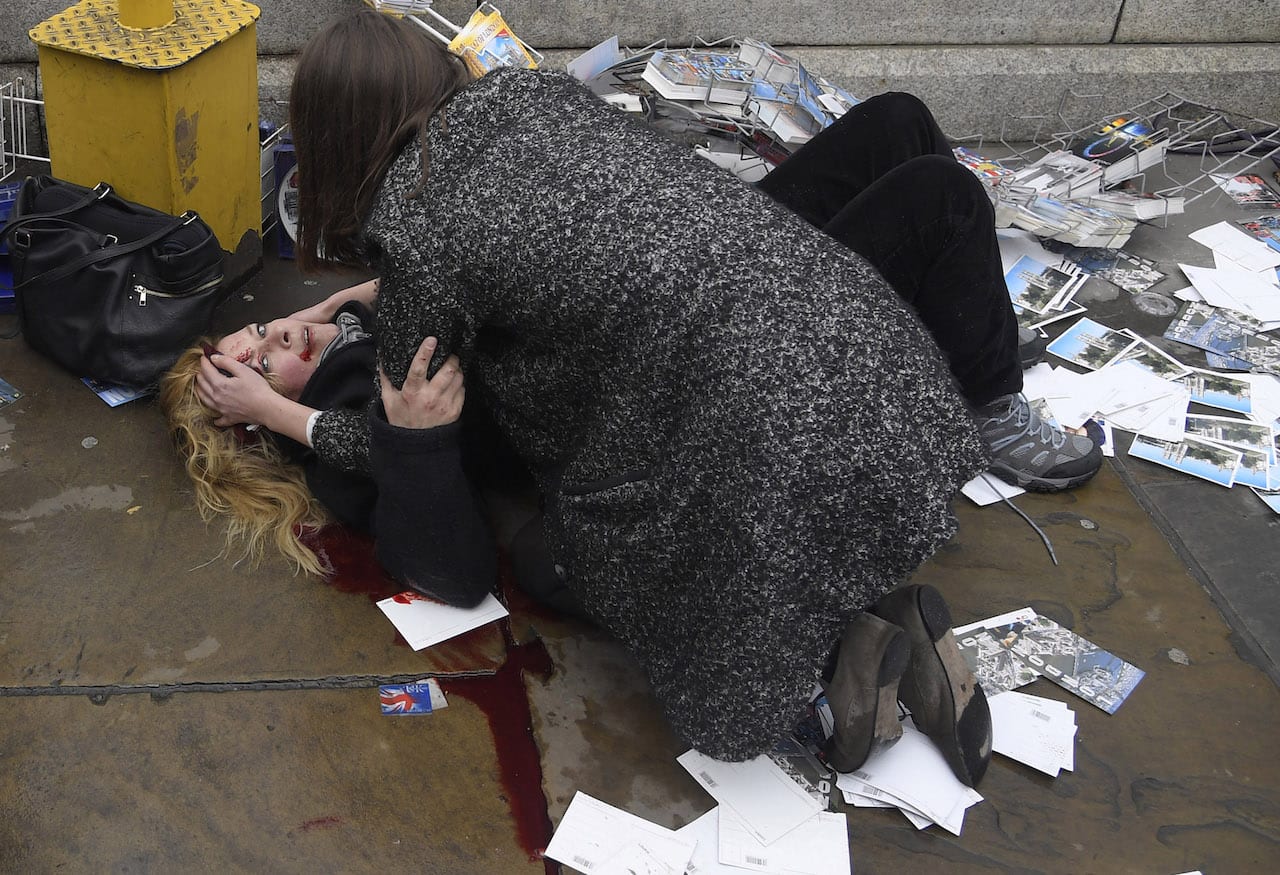
Melville’s image was taken from a longer story on the London bombing, which has been nominated for the Spot New Stories category; Ivor Prickett’s two images from Mosul were also taken from a much longer story, which he shot in the city from January-September 2017.
Prickets’s longer story, which has been nominated for the Wider News category, includes shots of soldiers on the front line but, says Herrera, for the World Press Photo of the Year, the jury was attracted to the two images that “could tell what happened in a calm way”.
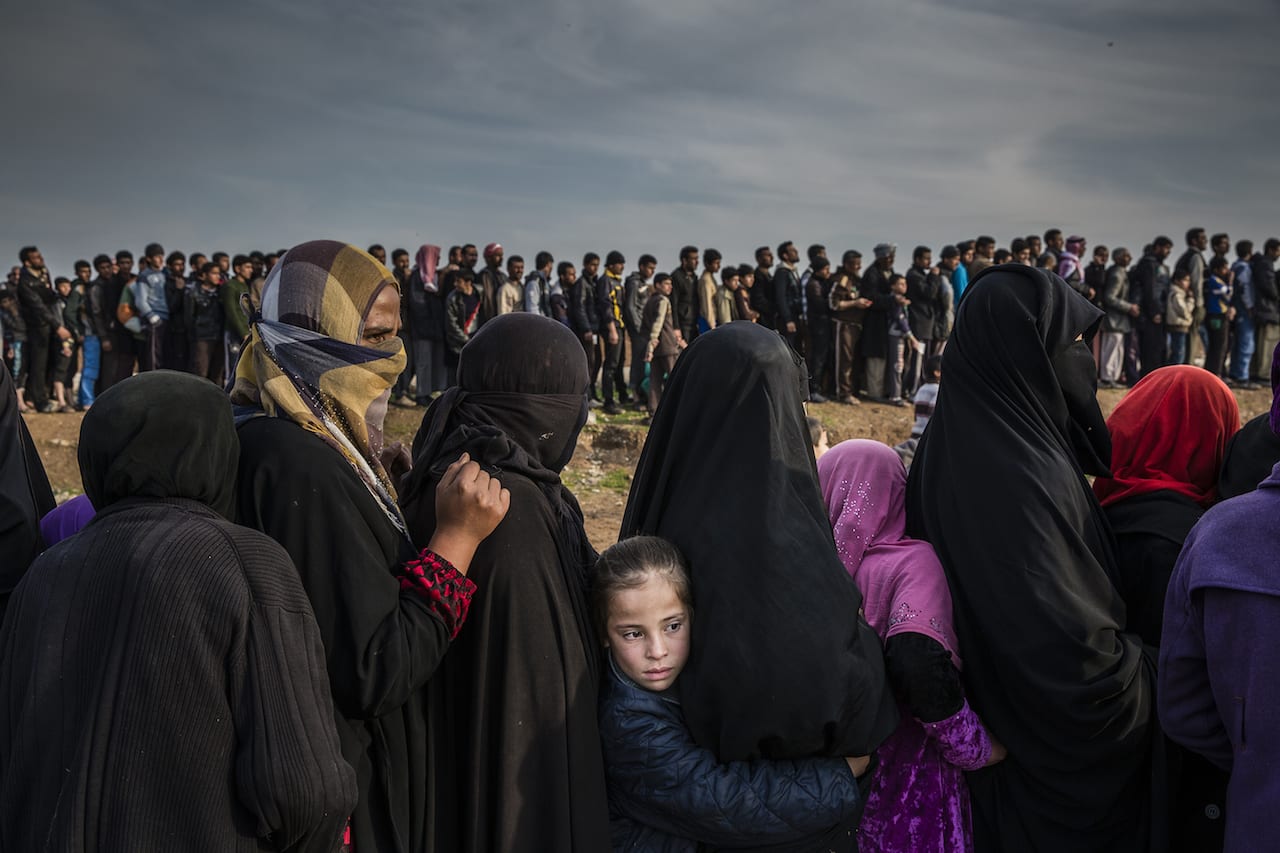
“We thought they were terrific photographs – very beautiful, both of them, but also because of their tone,” she tells BJP. “For example the shot of the boy held by the Iraqi soldier – this one tells of a particular story. There is a kind of story narrated in the image.”
The one exception to the jury’s take on the World Press Photo of the Year is Ronaldo Schemidt’s image from Venezuela, which shows an anti-government protestor whose clothes have caught fire at a protest. This image is “really graphic” says Herrera but she adds that it “has an energy that caught each of us. Nothing in the environment is static.”
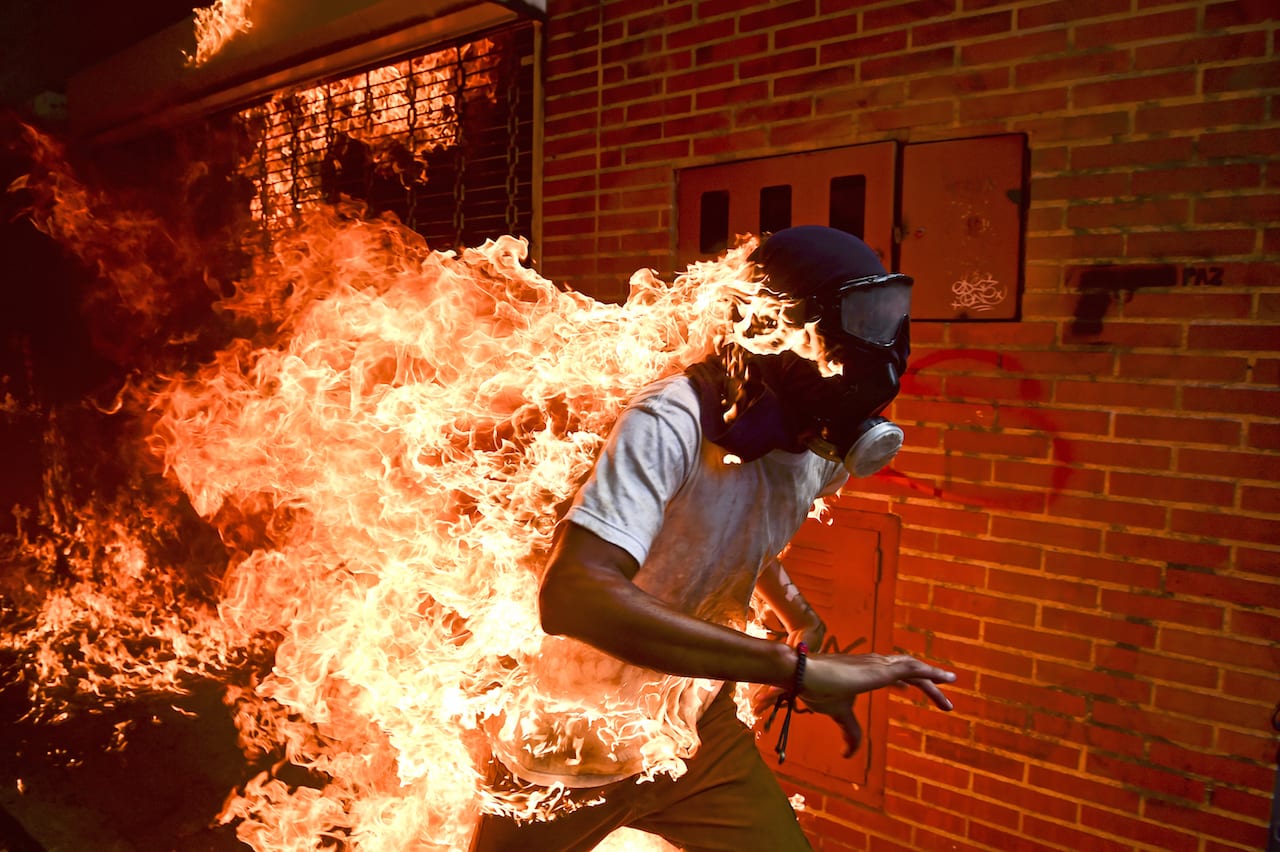
This is the first time that World Press Photo has announced the nominees for its World Press Photo of the Year; the winner will be announced on 13 April at a special awards ceremony at the World Press Photo Festival. The judging process took three weeks from 13 January, and was initially undertaken by four specialist juries – set up for the news and documentary categories, sports, nature and the environment, and people.
The final decisions were made by the general jury, chaired by Herrera and also including: Thomas Borberg (Denmark) photo-editor-in-chief Politiken; Marcelo Brodsky (Argentina/Spain) visual artist; Jérôme Huffer (France) head of photo department Paris Match; Whitney C. Johnson (USA) deputy director of photography National Geographic; Bulent Kiliç (Turkey) chief photographer Turkey Agence France Presse; and Eman Mohammed (Palestinian Territories) photojournalist.
“We were all coming from very different backgrounds, but it was a wonderful jury, very respectful of each others’ different points of view,” says Herrera. “There was lots of discussion, lots of debate.”

